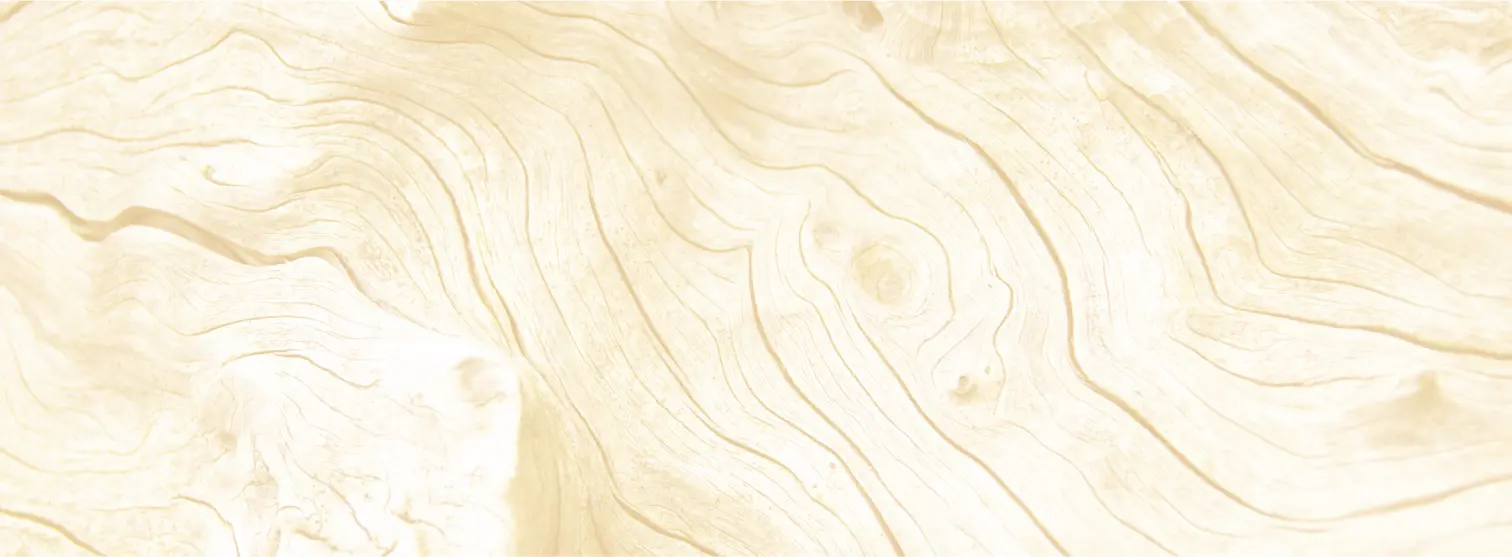But Hawaii’s crickets do have a fascinating and spectacular natural history. Their story of colonization, speciation, and adaptation rivals that of any of Hawaii’s other more “famous” evolutionary creatures. And of course, the study of Hawaii’s crickets is loaded with noteworthy anecdotes.
A plate from Otte’s bookshowing Hawaiian crickets
Crickets can be hard to find. Have you ever searched in vain for that chirping cricket in the corner of your bedroom? Loud and clear it calls but you can’t find it. Because of the cricket’s natural stealth and incessant chirping, a Hawaiian myth of the “singing snails” persisted for decades. Once the islands’ forests were full of tree snails. The snails were so numerous that they were easily seen to the most casual observer. Along with the snails the forest visitor also heard a continuous song of chirps and trills. There didn’t seem to be anything other than snails to make the music so folks assumed it was snails singing. If people had taken the time and care to closely inspect the tree bark, tiny crickets known as Laupala or Prolaupala would have been discovered. It is the cricket’s daytime pulsing chime that the snails were credited with creating.
Both the Laupala and Prolaupala are swordtails (Trigonidiinae.) And, like all of the native crickets except for one, they are island specific. Hawaii has three large groups of crickets. Along with the swordtails, there are tree crickets (Oecanthinae) and ground crickets (Nemobiinae.) When Otte first began to study the Hawaiian crickets in 1968, he thought he could “do the crickets of at least several islands” while on short stopovers to his systematic research project in Australia. He quickly found that a more intensive and systematic effort was needed. Over the next couple decades Otte, with the help of a Maui native, Robin Rice, discovered a stunningly diverse population. There are now over 240 named species of Hawaiian crickets or twice as many as in the continental U.S.
Otte speculates that all the Hawaiian crickets came from four original colonizing species. The colonizers were probably all “flightless species that arrived in Hawaii as eggs deposited in floating vegetation.” Once they rafted ashore the eggs hatched and the evolution of Hawaiian crickets began. From these first cricket founders new species diverged and adapted. The swordtails are by far the most speciated of our crickets. From a single genetic colonizer more than 150 species evolved; 31% of the world’s swordtails are Hawaiian. For the most part the Hawaiian Trigonidiinae have stayed true to the form and function of their cosmopolitan relatives. They generally live on vegetation such as weeds, sedges, and ferns and some are mute and flightless. On the other hand, the Hawaiian tree crickets changed and transformed in impressive ways. From a single ancestral tree cricket colonizer Hawaii now has 43% of the world’s known tree cricket species. Some of the derived Hawaiian species have evolved traits and adapted niches that elsewhere in the world are representative of other cricket families. Some of our tree crickets have become ground dwellers or live under bark or in hollowed twigs. Some have become like the swordtails, mute and deaf, having lost all traces of the anatomical structures that allow them to sing and listen. And some have moved underground to become blind and colorless cave dwellers.
Cave Cricket Photo by Bill Mull
Actually, the very first troglobite or true cave creature discovered in Hawaii was a cave cricket, a Caconemobius. Besides the astonishment to the scientific world that troglobites could evolve in Hawaii, the entomologists were also puzzled about the ancestral source of the Caconemobius. This cave cricket was discovered in 1971. It wasn’t until 1979 that Otte and Rice discovered a shore cricket hopping away among the wet rocks of the Kalapana coast. With that discovery “the puzzle of how cave inhabiting Caconemobius could have originated was effectively solved.” These coastal ground crickets kept moving inland on the lava through cracks, crevices, and caves and became isolated within lava flows. Once isolated they changed and speciated, some eventually finding their way underground.
I remember my first view of a cave cricket. Pure translucent white, no eyes and with an antenna twice as long as the body, the cricket was obviously a special and rare creature. I’ve seen only three in my nine years in Hawaii. I also remember once sitting on the forest floor at Manuka amidst a carpet of plant litter. Staring down it took a moment before I noticed a tiny movement. I focused closer and discovered dozens and dozens of very small crickets moving through the debris. There was no chirping nor trilling. As I crawled about looking for more I realized that thousands of crickets were around me. Every inch of leaf litter was inhabited by the Orthopteran natives. All descendents of crickets that long ago were tiny egg castaways looking for a home.


